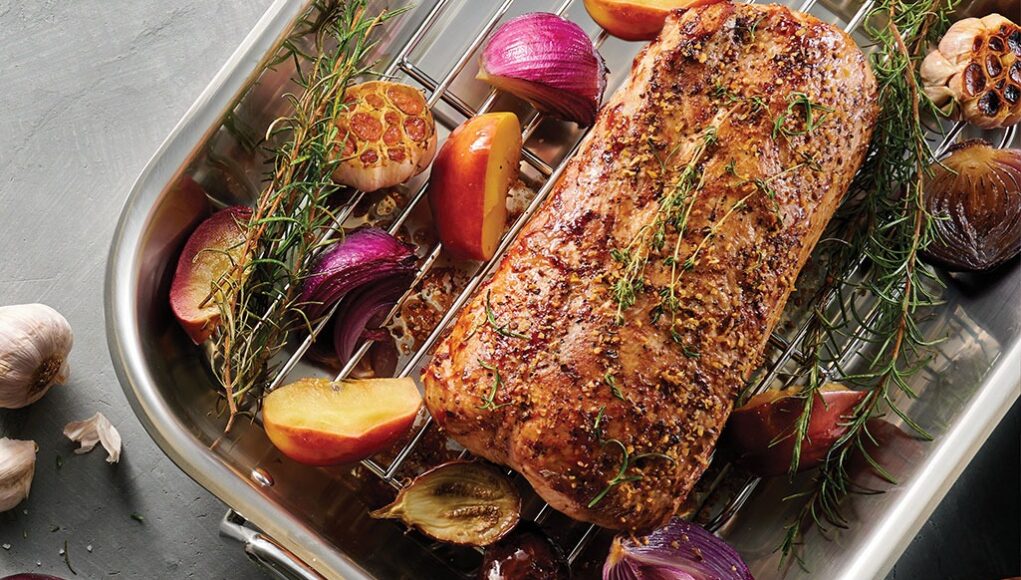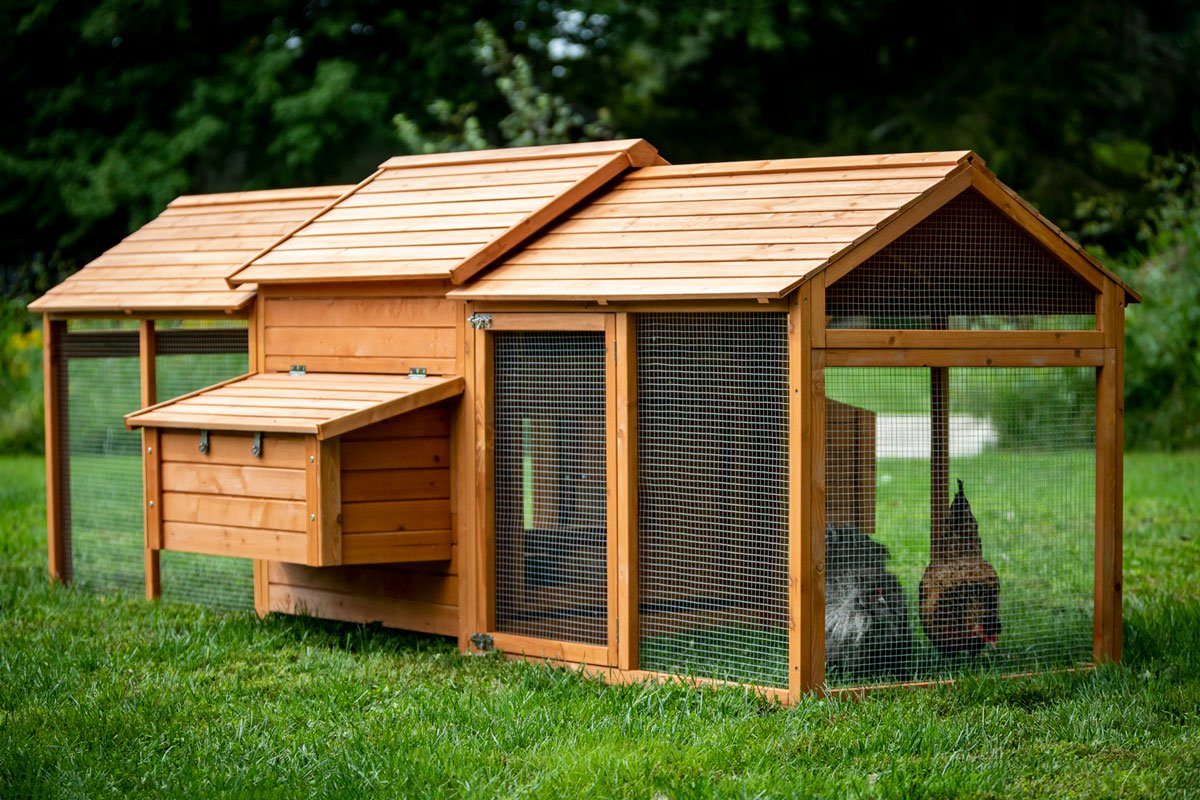Placing a ham in a roasting pan might seem like a simple task, but there’s an art to getting it just right. Whether you’re preparing for a special holiday meal or just a family dinner, the way you position your ham can make a tremendous difference in the final outcome. Following the correct steps ensures that your ham is cooked evenly and retains its delicious juices. In this article, we will delve into the detailed process of how to place a ham in a roasting pan, covering everything from preparation to serving.

Why Proper Placement is Important
Understanding why proper placement is important is the first step in mastering how to place ham in a roasting pan. Improper placement can lead to uneven cooking, drying out the meat, or even causing it to burn. By placing the ham correctly, you ensure that it cooks uniformly and stays moist and flavorful.
The Role of the Roasting Pan
The choice of roasting pan itself is crucial. A pan that is too large or too small can affect the cooking process. Ensure that the pan is just the right size so that the heat circulates properly around the ham. You might want to consider the recommendations in this guide on choosing the right roasting pan.
Choosing the Right Ham
Before you even think about placing the ham in the pan, you need to choose the right ham. Consider the size, type, and whether it’s bone-in or boneless. Your choice will affect both the cooking time and the way you need to position the ham.
:max_bytes(150000):strip_icc()/bedbathandbeyond-our-table-6-piece-stainless-steel-roaster-set-tout-db9c5283c9074f4a9e6f6d4042cee467.jpg)
Preparing the Ham
Preparation is key. Begin by removing the ham from the refrigerator well before you start cooking to allow it to reach room temperature. This ensures even cooking.
Trimming the Ham
Trim any excess fat from the ham, leaving just enough to keep the meat moist. Removing too much fat can dry out the ham, while removing too little can lead to an overly greasy dish.
Adding a Flavoring Rub
A good rub can enhance the flavor of your ham. Prepare a mixture of your favorite herbs and spices and massage it into the meat. This step can be critical for achieving a delightful taste.

Steps to Place Ham in Roasting Pan
Step 1: Positioning the Fat Side Up
Always place the ham with the fat side up. This allows the fat to slowly melt and baste the meat as it cooks, keeping it moist and flavorful.
Step 2: Using a Rack
If possible, use a roasting rack to elevate the ham slightly. This ensures proper air circulation and even cooking. It also prevents the ham from sitting in its own juices, which can make the bottom soggy.
Step 3: Securing the Ham
Secure the ham with kitchen twine if necessary to maintain its shape during cooking. This is particularly important for boneless hams.
Cooking the Ham
Setting the Oven Temperature
Preheat your oven to the recommended temperature, usually around 325F (165C). Proper preheating is essential for even cooking.
Checking the Internal Temperature
Use a meat thermometer to check the internal temperature of the ham. The USDA recommends a minimum internal temperature of 145F (63C) for ham, followed by a three-minute rest period.
Post-Cooking Steps
Letting the Ham Rest
After the ham has reached the desired internal temperature, remove it from the oven and let it rest. This allows the juices to redistribute throughout the meat, making it more tender and flavorful.
Carving the Ham
Carve the ham using a sharp knife, slicing against the grain for the most tender pieces. Serve immediately for the best taste.
FAQs
1. How do I keep my ham moist while roasting?
The key to keeping a ham moist while roasting is to place it fat side up and use a roasting rack. Additionally, basting the ham periodically can help retain moisture.
2. Can I add vegetables to the pan?
Yes, adding vegetables such as carrots, onions, and potatoes can enhance the flavor of your dish. Make sure to cut them into large chunks and place them around the ham.
3. What type of ham should I use?
The type of ham you choose depends on your personal preference. Bone-in hams are often more flavorful, while boneless hams are easier to carve.
For more detailed tips on related cooking topics, you may find the following articles useful:
– Check Rotisserie Chicken.
– Know Rotisserie Time.
– Learn Griddle Cooking.
As an Amazon Associate, I earn from qualifying purchases.
As an Amazon Associate, I earn from qualifying purchases.








